Menu
Sample Required: Blood | Test Type: Genetic
TruAge™ offers the most comprehensive insights into ageing, via an easy-to-collect blood spot test kit.
Whether your patients are looking to extend their longevity or optimise their current health – TruDiagnostic™ tracks ageing, giving you and your patient the information to manage it.
Epigenetics is the link between your genes and your environment. Epigenetic markers change how your genes are working without changing the DNA itself. It’s a bit like writing notes into a recipe book. “Skip this step” or “Double the garlic here” or even “This recipe is terrible, never do it again.” Epigenetic markers are those handwritten notes that your body is constantly adding and removing from atop your DNA, in response to everything your body is going through.
TruAge™ looks at an epigenetic marker called Methylation. Their sophisticated algorithms identify how quickly the body is ageing at a biological level, and can do so much more.
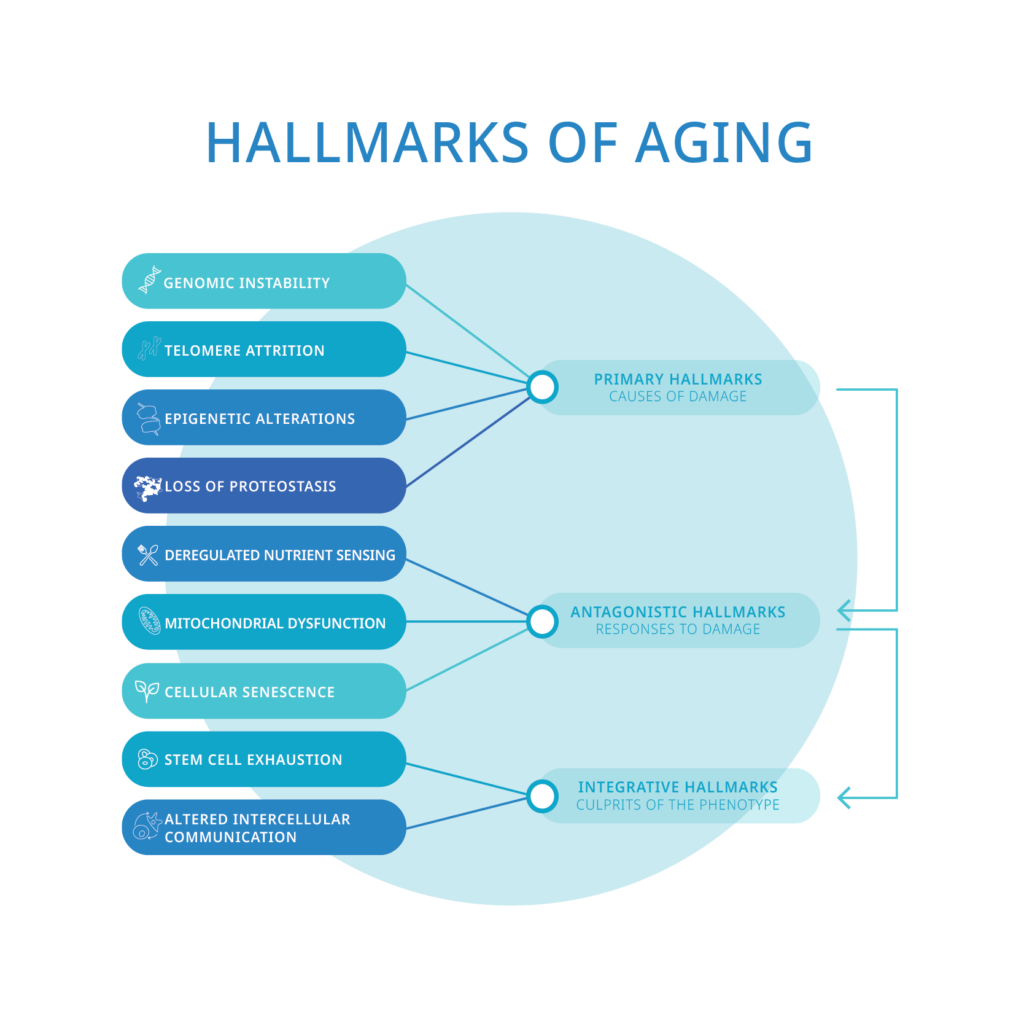
While your chronological age will always progress at a fixed rate, biological age can show a summary of how a person’s lifestyle choices and behaviours are affecting their body.
Accelerated biological ageing (the rapid increase in cells and systems losing their ability to function properly) is the #1 predictor of chronic disease morbidity and death.
The difference between rapid acceleration and the slowing of ageing can mean the difference between a long and healthy life or premature onset of age-related chronic diseases. People with a younger biological age are at a lower risk of suffering age-related diseases.
Therefore, an accurate measurement of biological age is a key tool for healthcare practitioners to judge whether age-reversal interventions are necessary, and to what extent.
Markers for Biological Age first start to change while you’re still in the womb and continue to change throughout your entire life.
These changes happen in response to nearly every choice you make. Nutrition, exercise habits, medications, injuries, environmental pollutants, how much sleep you’re getting, the stress you’re enduring, and much more. It’s a long list, but recent studies have found that changing those factors can also change your Biological Age in as little as 8 weeks.
It’s a long list, but recent studies have found that changing those factors can also change your Biological Age in as little as 8 weeks.

* This video has been produced for consumers located in the USA. Shipping and other instructions may differ slightly in NZ. Make sure to refer to the instructions in your kit for the most up-to-date and relevant instructions.
Different parts of your body age at different rates, there’s no single, perfect way to measure ageing. That’s why TruAge™ is an ever-expanding collection of ageing measurements and health insights.
Since Biological Age measured with methylation is tied to many health outcomes, and lowering Biological Age has been shown to also reduce the risk of developing chronic diseases, you can build a picture of your general health with one easy test, When your Biological Age is lower than your chronological age (your birthday), you’re doing great! If it’s over that number, it may be time for some changes.

Once TruDiagnostic™ know the methylation patterns on your DNA, they run those values through advanced algorithms created with the help of machine learning and decades of research.
TruAge™ provides a comprehensive collection of epigenetic reports from a single sample. The reports include telomere length measurements, intrinsic and extrinsic age calculations, improvements to report accuracy through immune cell subset deconvolution, current pace of ageing, disease risk reports and more. Lifestyle advice is also included, as well as the studies behind each suggestion.
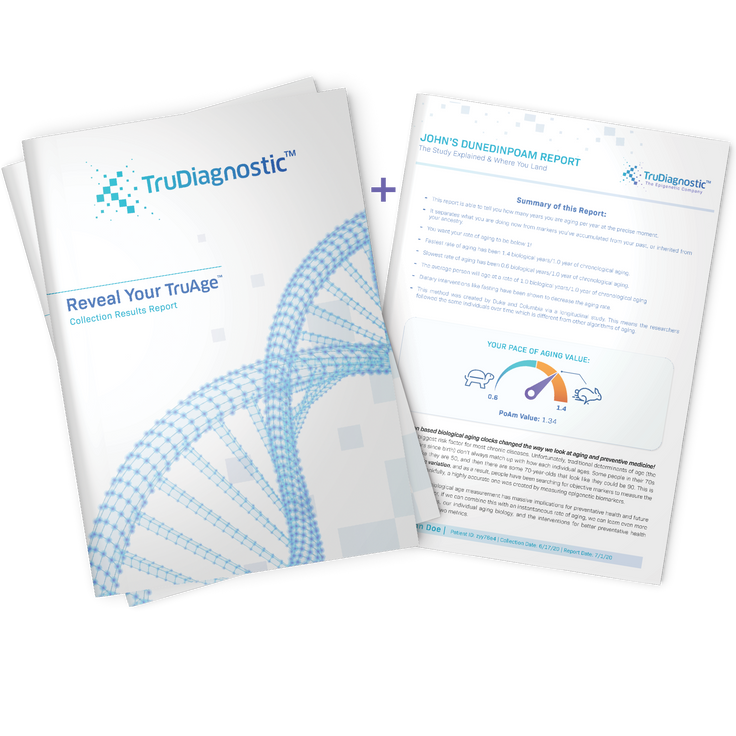
TruDiagnostic™ have one of the largest private epigenetic databases in the world, with over 13,000 patients tested to date. By collecting important covariates via an in-depth patient questionnaire, they’ve created a state of the art biological age predictor. Building on science already in the literature, they have used their large database to create a highly accurate biological age model with a high correlation value to age (r=.98).
The DunedinPACE is a one-of-a-kind algorithm created by researchers from Duke, Columbia, and the University of Otago. Building the data base took the international team five decades by tracking biological changes in the bodies of 1037 volunteers from their birth in 1972. It is the only ageing measure so far that is trained on biological change.

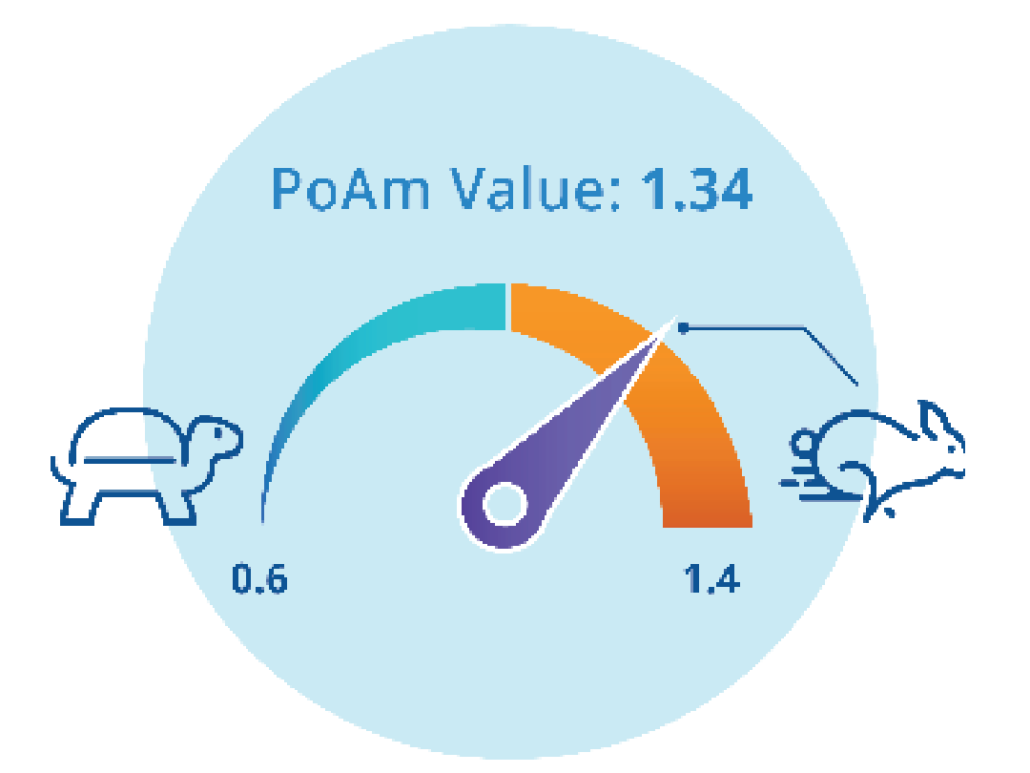
Intrinsic and Extrinsic Epigenetic Age are ways to look closer at Epigenetic Biological Ageing, to discover the impact that different systems in the body have on ageing – especially the Immune System and Proteome. These algorithms take immune cell ratios into account when examining whole blood. They work together to give an advanced look into epigenetic ageing and how the immune system, cellular makeup, and hormonal biology is changing epigenetic age.
Telomere attrition is one of the 9 hallmarks of ageing. However, telomere length has not always been very predictive of the outcome of disease. TruDiagnostic’s™ algorithm measures DNA methylation of telomere length, which has been shown to be more predictive of many types of conditions such as death, coronary heart disease, and congestive heart failure.
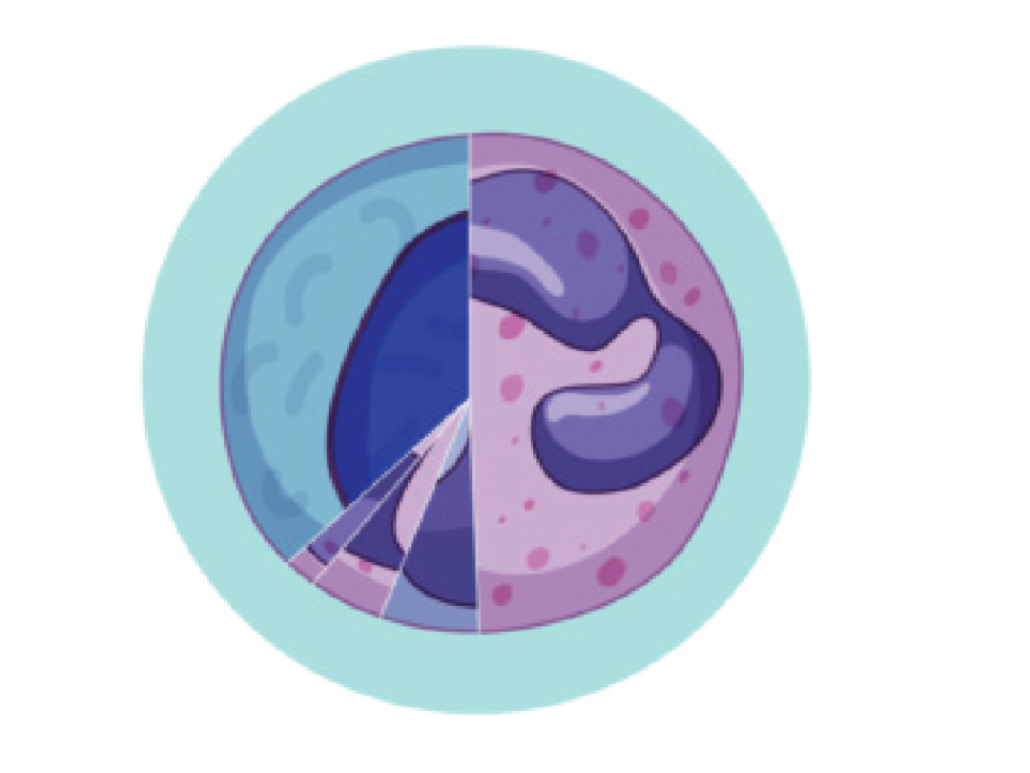
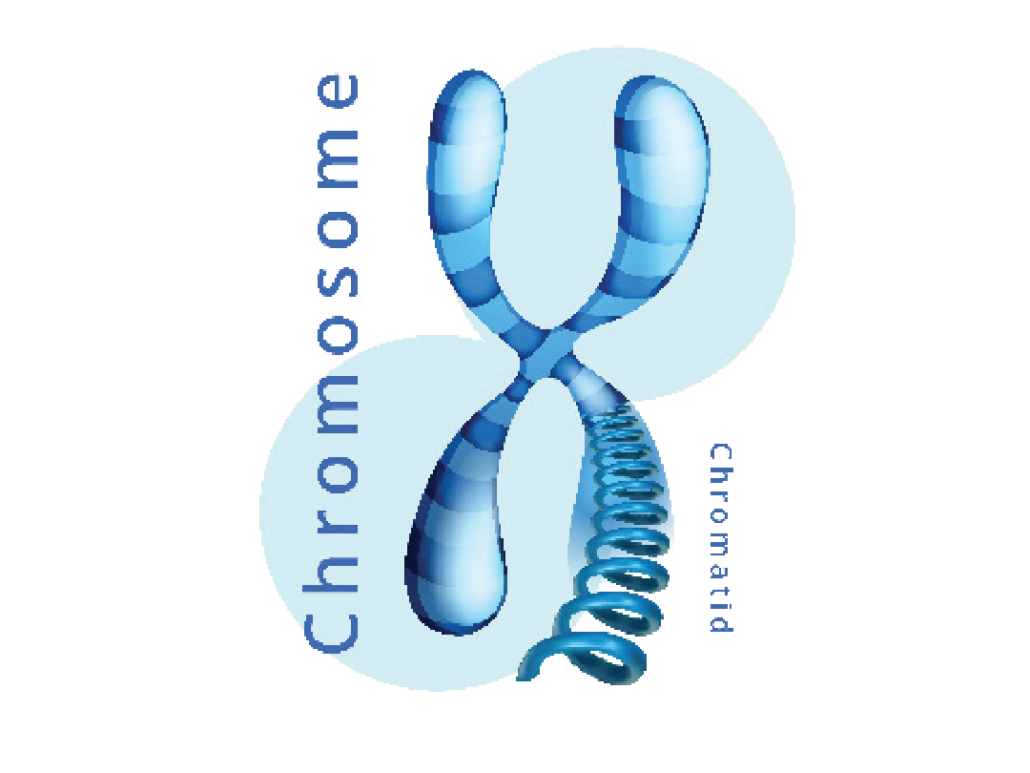
Mon – Fri 8am to 5.00pm NZT
orders@fxmed.co.nz
support@fxmed.co.nz
NZ customers
Free Phone: 0800 439 633
Free Fax: 0800 439 630
Australian customers
Free Phone: 1800 770 904
Free Fax: 1800 665 070

Please note that all products and services found on this website are available to patients through their health practitioner only.
New to FxMed? Set up your account and access leading brands trusted by practitioners in Australia and New Zealand.